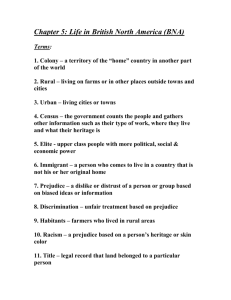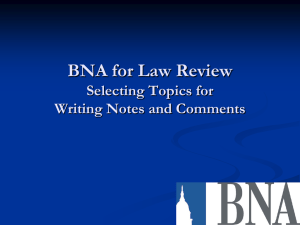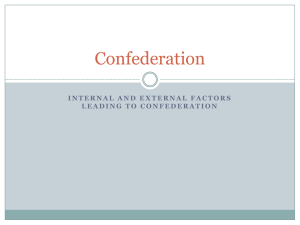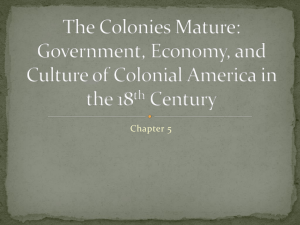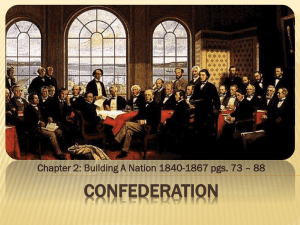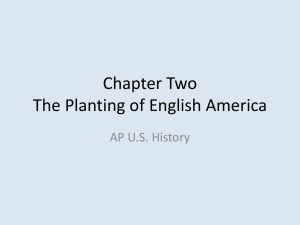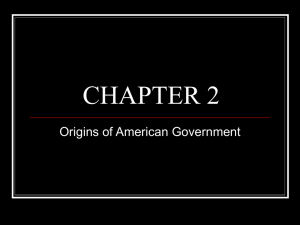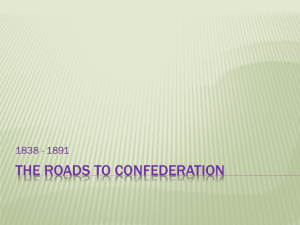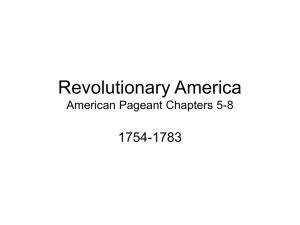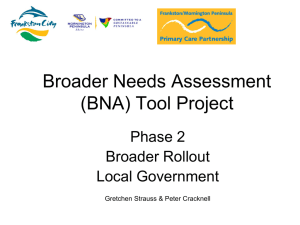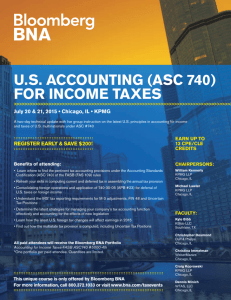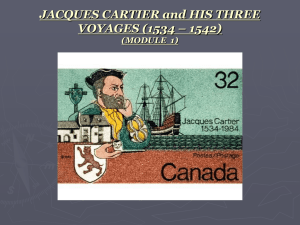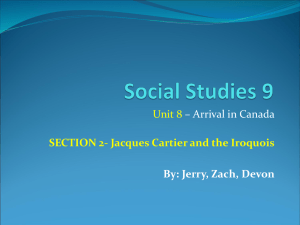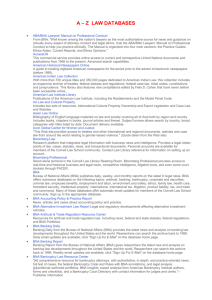Road to Confederation
advertisement
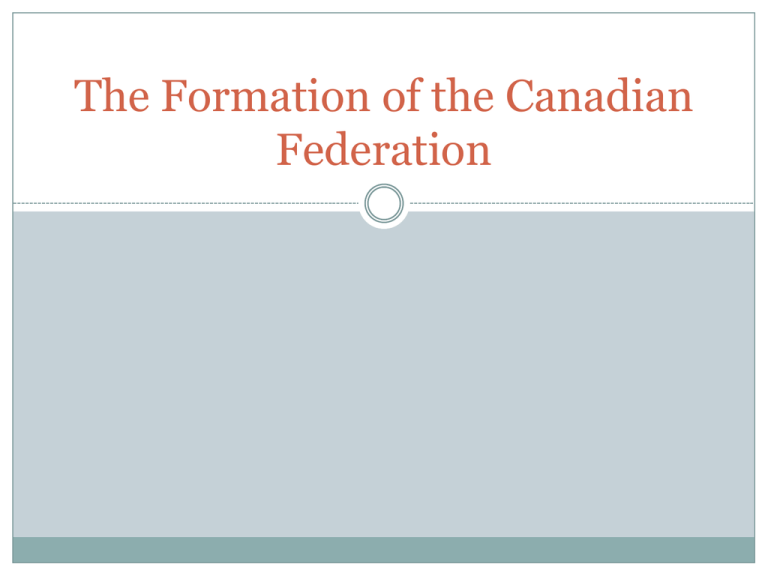
The Formation of the Canadian Federation The two party system Conservatives: John A. Macdonald (Canada West) and George-Étienne Cartier (Canada East) Their purpose was to build political and commercial ties within United Canada Liberals: George Brown (Canada West) and AntoineAimé Dorion (Canada East) Their purpose was to push for liberal ideas in in government. The two liberal sides did not agree on culture though. Brown feared “French domination” Conservatives John A. Macdonald (Canada West) George-Étienne Cartier (Canada East) Liberals George Brown (Canada West) Antoine-Aimé Dorion (Canada East) Ministerial Instability Neither the Conservatives (blue) or the Liberals (red) could form a majority government because neither could win a majority in both Canada West and Canada East. This led to multiple elections and minority governments which were unable to pass laws and did not work effectively. Canada West Canada East Clear Grit Party (majority) Parti Bleu (Majority) Conservative Party (Minority) Parti Rouge (minority) Minority and Majority Governments Majority government: A government formed by the party that wins more than 50% of the seats in the Legislative Assembly. Minority government: A government formed by the party that wins less than 50% of the seats in the Legislative Assembly. To pass laws, the governing party needs the support from other parties. British North America Pressure from the United States In 1860, Civil War breaks out in the United States with the Northern States (US govt.) fighting the Southern States over the issue of slavery. Great Britain supports the South against the North. The US stops trading with Canada. People in Canada fear that the US will try and capture Canada and Rupert’s Land as a consequence for supporting the South. US Civil War: North vs. South Reasons to unite all the BNA colonies To unite the country politically and avoid having multiple minority governments To form a strong country that could prevent the US from trying to attack Canada To create a new market for Canadian businesses to sell their products since the US stopped trading with Canada. The economic context 1846-1849: Great Britain moves away from their economic policy of mercantilism to free trade. This forces BNA colonies to develop trade amongst themselves. 1850-1867: First phase of industrialization began due to industrial capitalism. Industrialization strengthened ties between the colonies. 3 Aspects of 1st phase of Industrialization Creation of a transportation network. Ex: canals and railways. Heavy Immigration (mainly from Great Britain) Urbanization: the concentration of the population in the cities. Example of Industrialization: Lachine Canal Lachine Canal The project was funded by industrial capitalists like John Redpath (Redpath Sugar) Canal was built to bypass the Lachine Rapids and let boats move on to the Great Lakes. The construction of the Canal created many jobs for Irish immigrants new to Canada. The project also attracted many Canadiens to move to city to find work. Most of them lived close to the canal in densely populated neighborhoods. (Pointe St. Charles, Saint-Henri) Economic Reason to unite BNA colonies The BNA colonies are no longer supported economically by Great Britain. They need to develop economic connections between them if they want to survive. A United Canada would make that easier to do because the government could provide more money for construction projects like canals and railways. The Canadian Federation The Great Coalition –Brown, Liberal leader of Canada West, and Macdonald and Cartier, Conservative leaders of Canada West and East. United together in a coalition government to end ministerial instability by uniting all the BNA colonies and forming a new country. Delegates from the colonies met at three conferences between 1864-1866 (Charlottetown, Québec City, and London) to discuss what form the union would take. Charlottetown Conference – to persuade the the Maritime provinces to join Canada Quebec Conference – to decide what powers the federal and provincial governments should have London Conference – confirming the creation of Canada as a British Dominion The Canadian federation (cont) July 1, 1867, the BNA Act took effect. Canada became a British dominion and a constitutional monarchy, and adopted a parliamentary system. The constitution divided powers between the federal and provincial levels government Federal powers = military, foreign policy, etc. Provincial powers = education, health care, etc.
